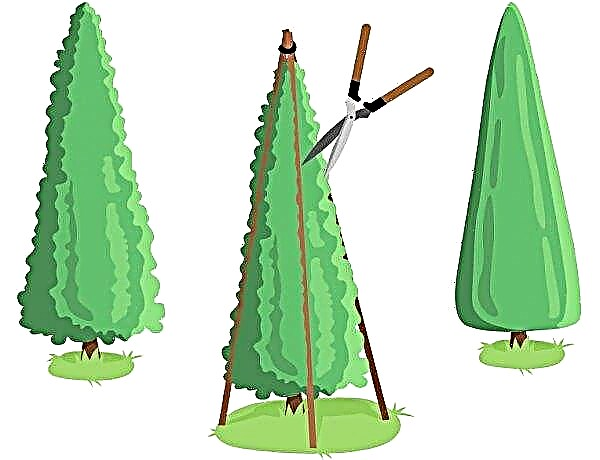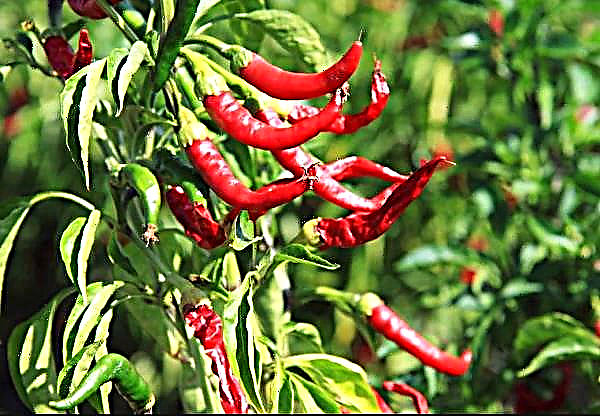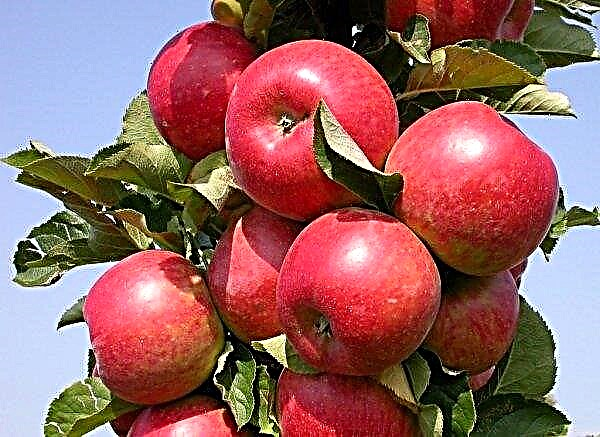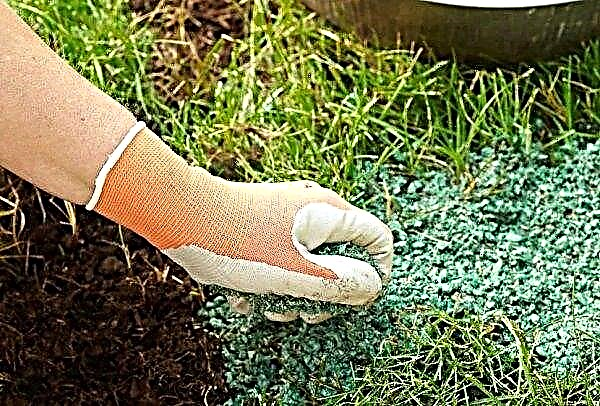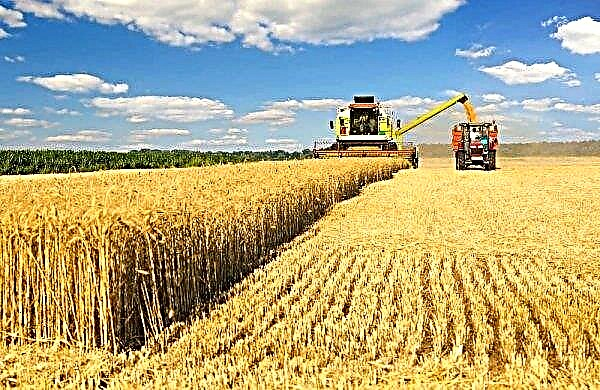No matter how ideally the greenhouse was designed, it is impossible to grow full-fledged plants without creating a certain microclimate in the room. For any culture, indicators such as temperature and humidity of air and soil are very important. It is these parameters that directly affect the microclimate. How to maintain it at the right level in the greenhouse, we will tell further.
Why maintain a temperature in a greenhouse?
The temperature of the air and soil affects the growth rate of any plant. The higher the temperature, the more growth and development of plantings will occur more intensively. But here it must be borne in mind that very high temperatures slow down the vegetation process.
In addition, fruiting is possible only with certain indicators of the thermometer, the values of which affect the development of common diseases of crops growing in the greenhouse. In this regard, maintaining an optimal temperature level is an extremely important point in growing plants.
Did you know? The first greenhouse was designed by the gardener Mangus in the 18th century in Cologne and was used for royal receptions.
How to find out what temperature you need to keep?
Each plant actively grows at a certain temperature, but in general, the temperature range in the greenhouse should be in the range from + 16 ° C to + 25 ° C. This is due to the fact that temperature indicators affect the growth of greenery. So, an increase in temperature values by 10 ° C from the upper boundary of the specified chapel, leads to an active growth of the green mass of the plant.
Unfortunately, at the same time, the underground part and the fruits are inhibited in growth. If the indicator of the thermometer goes beyond the + 40 ° С mark, then the growth may stop altogether, the plant will wither and the probability of its death is high. If there is not enough heat, then growth slows down. From this it follows that in the daytime the optimal thermometer values should be in the range indicated earlier, and in the nighttime - values 4-8 degrees lower than the daytime ones.
Temperature recommendations
You can maintain the required temperature in various ways. Next, we will talk about some of them.
Limit air volume
Limiting air volume means reducing the cubic capacity of the greenhouse - a frame of wire, reinforcement or wood is installed above the plants and the structure is covered with a film. An additional enclosed space of small sizes is created, in which it is easier to maintain the necessary microclimate.
But it should be remembered that small holes must be made in the film for ventilation. In the summer, the additional film must be removed altogether so that there is no sharp increase in temperature to a critical point.
Did you know? In the Kew Botanical Garden in London, there is a greenhouse of palm trees, created in the mid-forties of the XIX century. It is the first major structure in the garden, which was created using forged steel.
Mulch the soil
Mulching the beds allows you to heat the soil. As a mulch, it is advisable to use dark covering material so that it “attracts” heat. You can use agrofibre, or a dense film.
Soil temperature
As indicated above, the soil should be heated in the range + 14 ... + 25 ° С. A drop in the indicator to + 10 ° C leads to the fact that the plant begins to experience a lack of phosphorus. This element is released from phosphates, which are decomposed by hydrolysis. The lower the temperature, the worse this process is. And the excessively high temperature of the soil does not allow the plant to absorb moisture through the roots normally. 
Additional film layers
Additional layers of film are used to increase the temperature for a short time, for example, at night. To do this, the side walls inside the greenhouse are covered with a foam or dense film. Between the layers that perform the function of a thermos, a small air gap appears, which does not respond to environmental changes. Because of this, heat loss is reduced, which affects the stable performance of the indoor thermometer. 
Tips for different greenhouses
The technology for maintaining the temperature may vary for different types of greenhouses.
Film greenhouse
If the construction of the structure is simple - a film is stretched over the arcs, then ordinary ventilation is sufficient to adjust the temperature. The end film coating is screwed up and fixed.
With a different construction of the film structure, it is recommended to cover the outer part of the film with a mixture of water, flour and milk, which is prepared from the calculation - 20 l: 4 kg: 1 l, respectively. Instead of flour, you can use chalk. Such a composition should be sprayed with a greenhouse twice a day: early in the morning and late in the evening.
Important! It is not recommended to use lime or emulsion paint, as they affect the light transmitting properties of the film.
Unheated Greenhouse
If the greenhouse is made of more durable materials (glass, polycarbonate), then in its design should provide vents on the roof, or on the walls (under the ceiling) - for regular ventilation.
Plants should be watered in the morningso that under the influence of sunlight on the walls of the greenhouse, moisture does not begin to evaporate intensively, quickly heating the air in the room. If it is not possible to water the plants in the morning, the construction material must be covered (outside) with a chalk-and-chalk solution based on water (5 l of water, 1 kg of chalk, 200 g of milk). The dried mixture will reflect the sun's rays and the temperature inside the greenhouse will remain within acceptable values. In winter, it is recommended to insulate an unheated greenhouse with an additional layer of film, polycarbonate, and place heating equipment indoors.
In winter, it is recommended to insulate an unheated greenhouse with an additional layer of film, polycarbonate, and place heating equipment indoors.
Regulation of the temperature regime is essential for the normal growth and fruiting of plants. In different periods of their growth, certain temperature indicators are needed.
Therefore, it is very important to obtain a quality crop of a particular crop cultivated in a greenhouse, to monitor the physical parameters of the environment.


